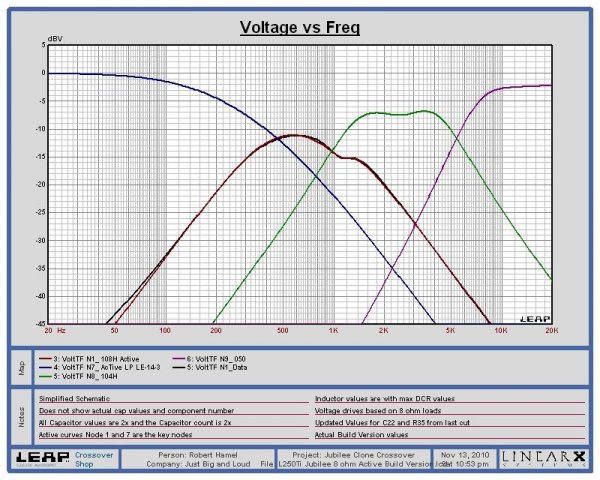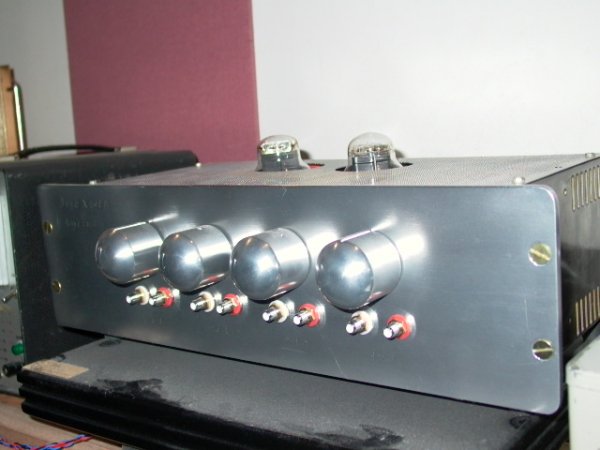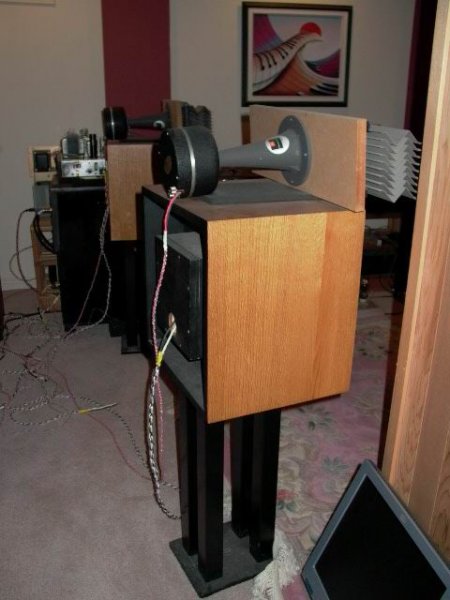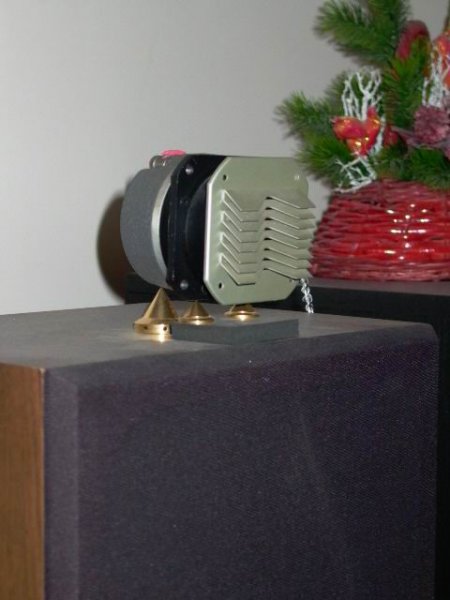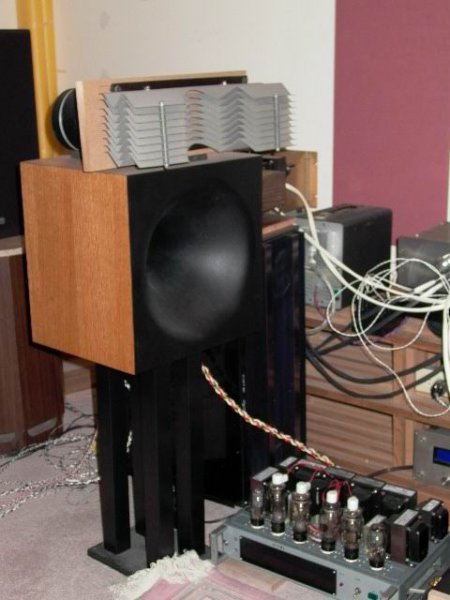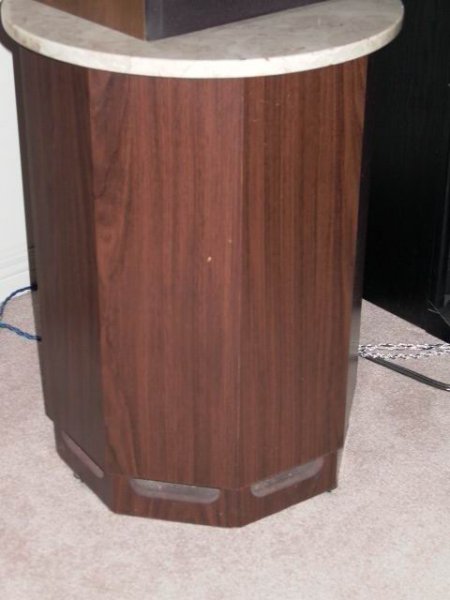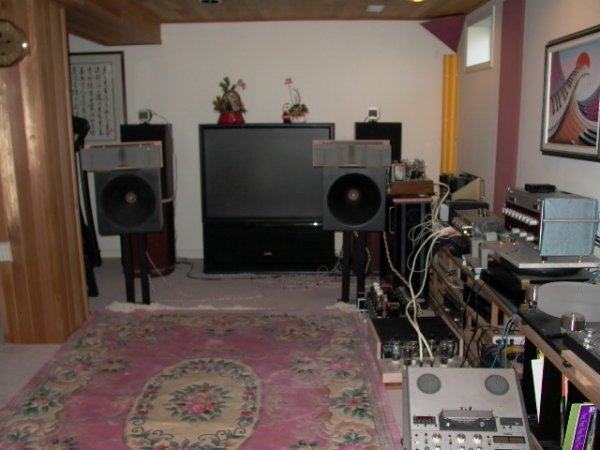Hi guys
In the thread of constant power, I think to use multi amps can solve all the problems,a over power amp is not only matter of waste and also not sure can sound better, matching to the speaker always the most important things. in a multi amps system, you don't need high power for all of them, the total out put is add to getter, in my case of 4 ways, 50W for the sub, less than 10W for the others is good enough, amp in direct control the speaker driver always sound better to control the net-work, the only disadvantage is cost more (more cables and amps and crossover ). but in the best of audio is worth to do. may be price of a super high power amp just same of 4 small power amps too
tony ma
In the thread of constant power, I think to use multi amps can solve all the problems,a over power amp is not only matter of waste and also not sure can sound better, matching to the speaker always the most important things. in a multi amps system, you don't need high power for all of them, the total out put is add to getter, in my case of 4 ways, 50W for the sub, less than 10W for the others is good enough, amp in direct control the speaker driver always sound better to control the net-work, the only disadvantage is cost more (more cables and amps and crossover ). but in the best of audio is worth to do. may be price of a super high power amp just same of 4 small power amps too
tony ma


















